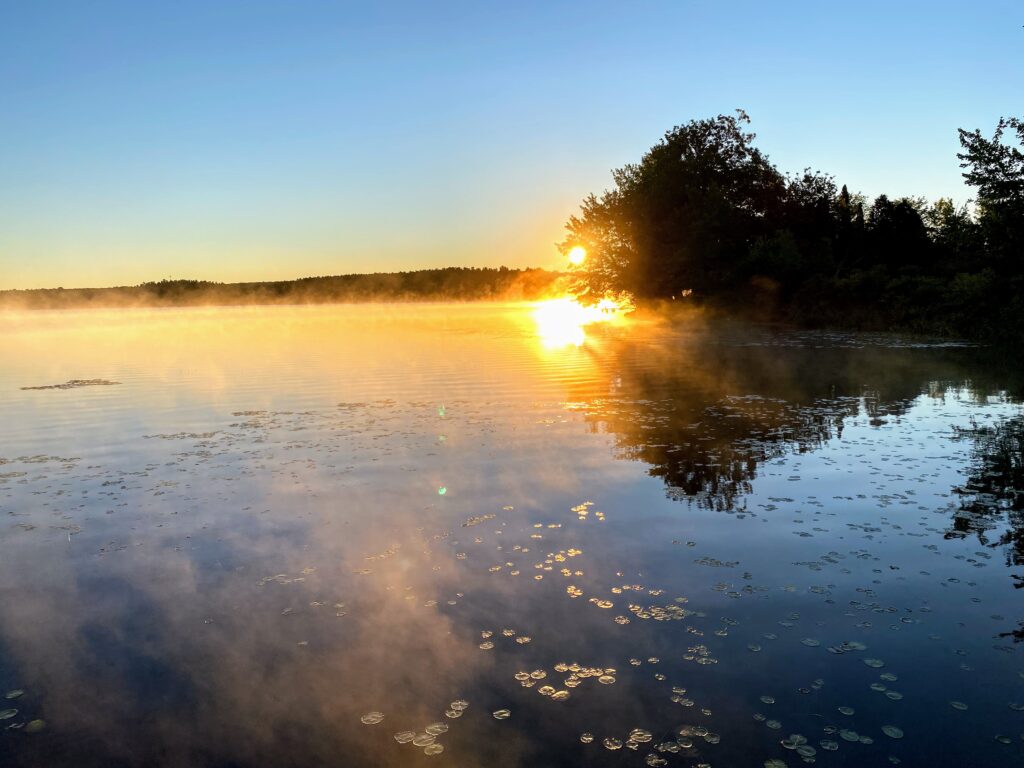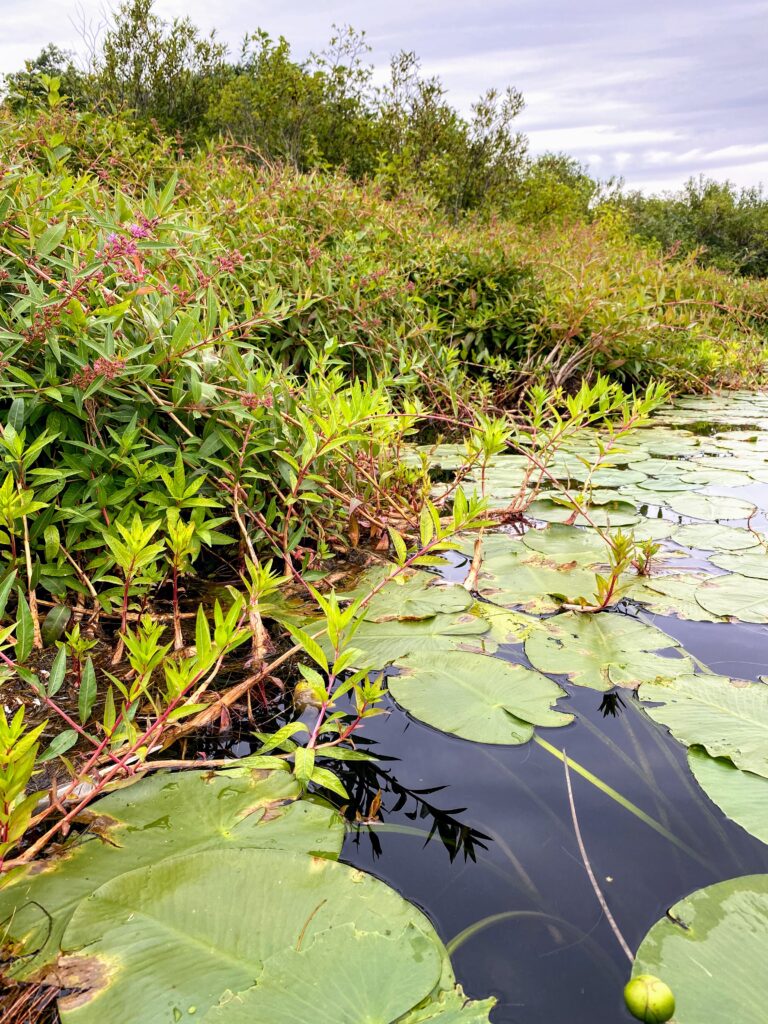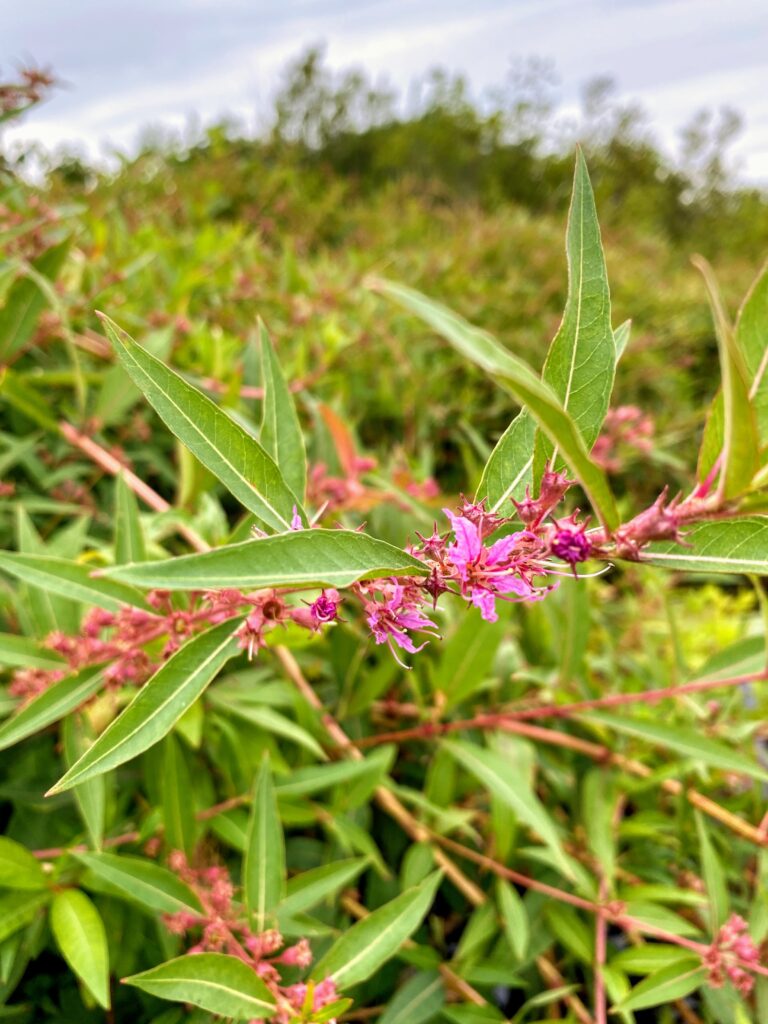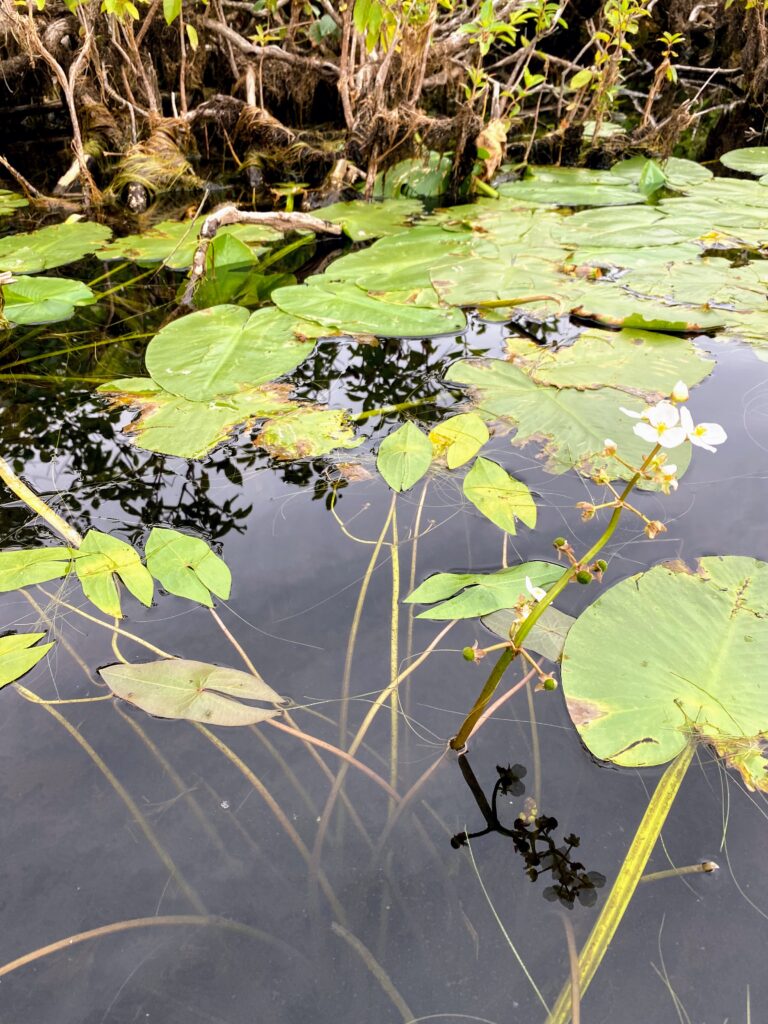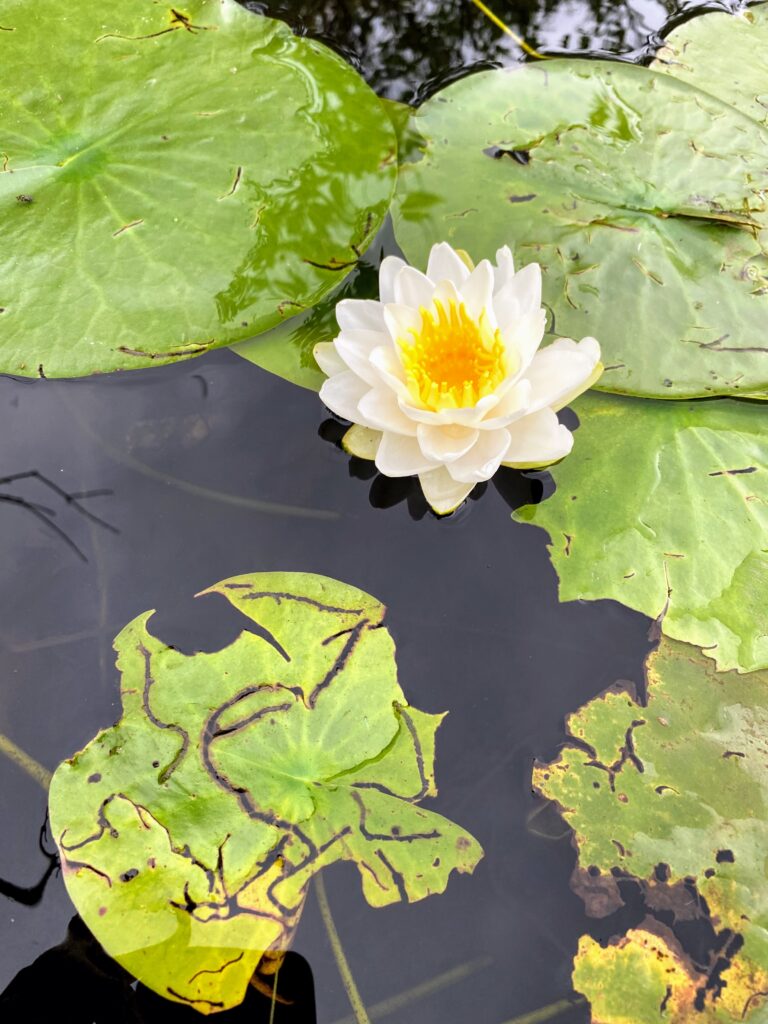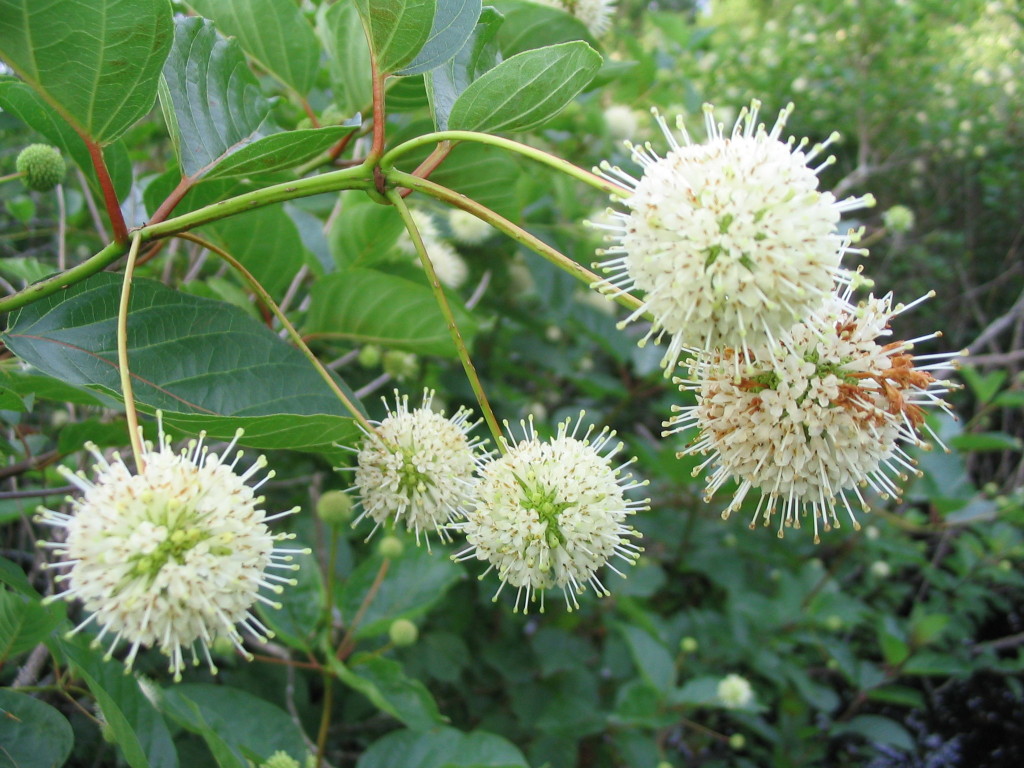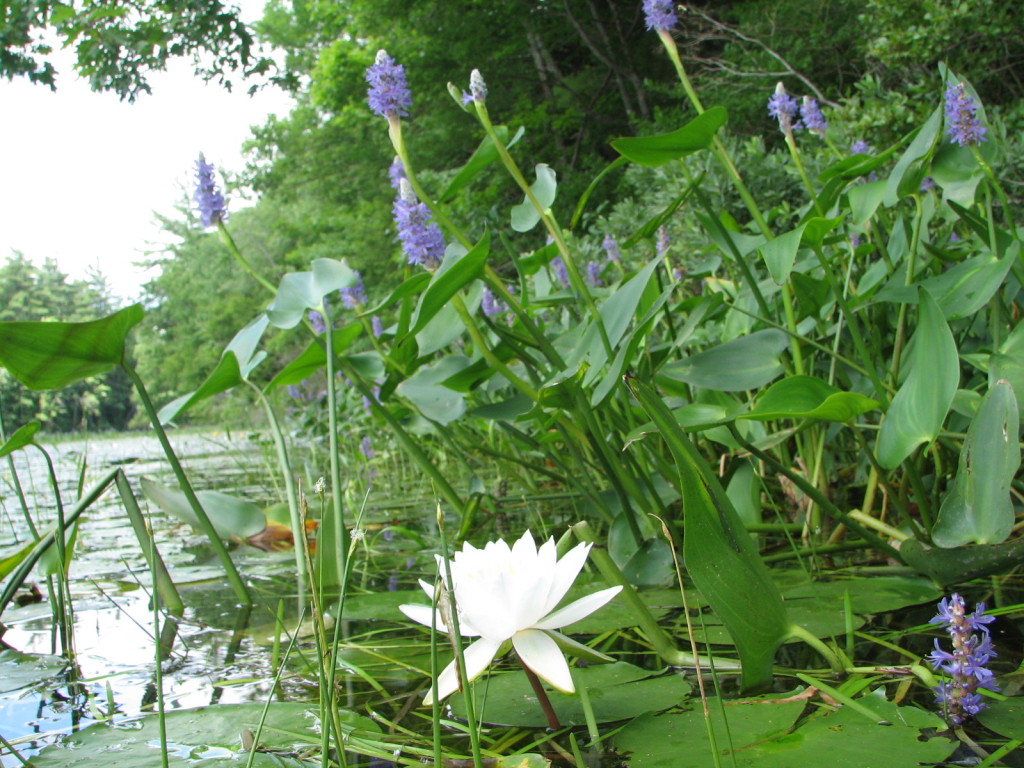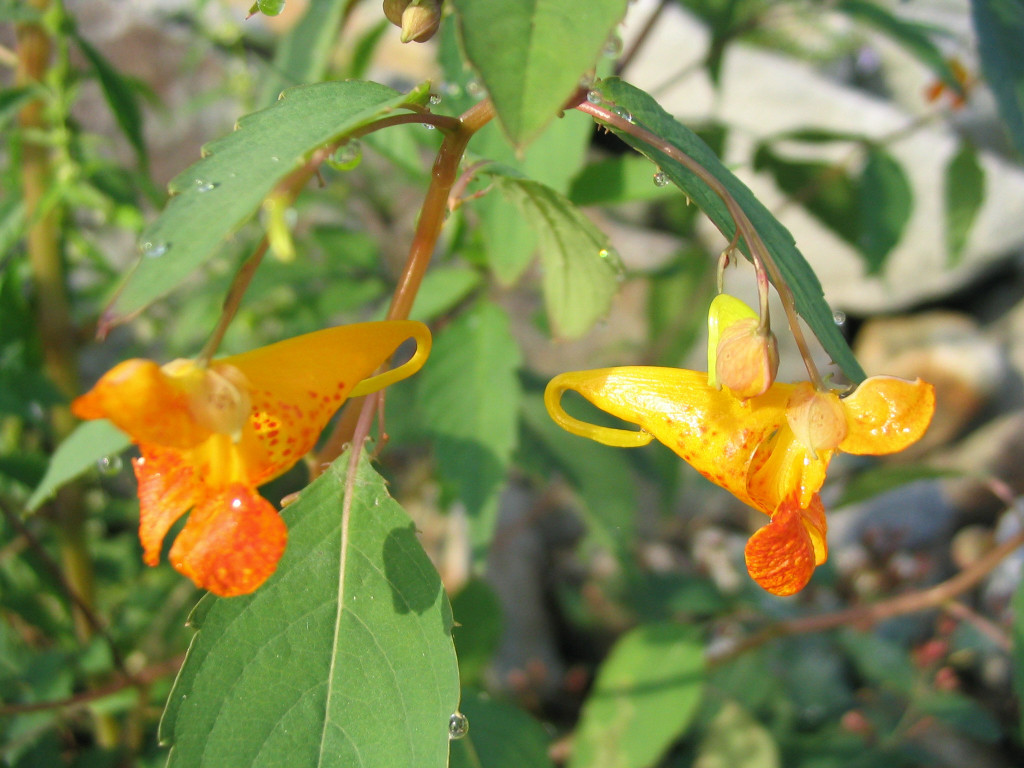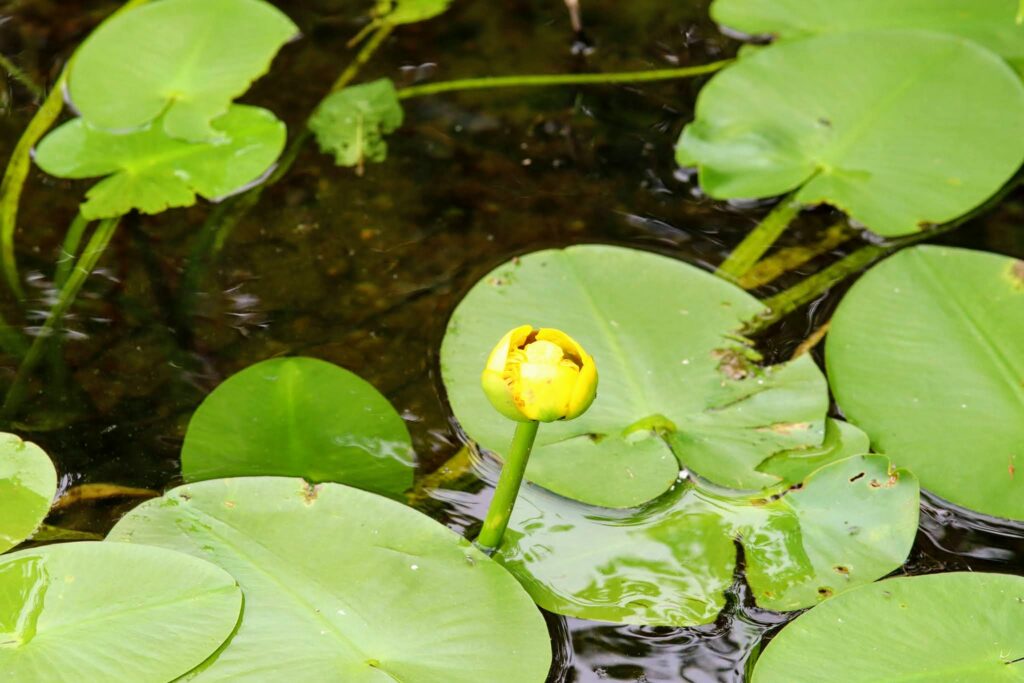Woody Trask, 10/25/2021
This report summarizes the findings of the 2021 water quality monitoring program for Taylor Pond in Auburn, Maine (MIDAS ID#3750). Clarity readings and samplings were conducted monthly from June through September by Woody Trask with additional clarity readings taken mid-May to mid-October by Michael Heskanen.
Since 2004, Taylor Pond Association has been collecting its own water samples and performing most tests. Phosphorus analyses are conducted by the DHHS Health and Environmental Testing Laboratory.
Result summary: Except for a higher than normal surface temperature, the results were consistent with readings obtained for the past several years.
The average clarity was slightly lower than last year but well above the historic average.
The average 5 meter core sample phosphorus reading was up slightly from last year but not high enough to be of concern. The average bottom (12 meter) phosphorus reading was higher than last year but in line with the historic average.
Values for color, pH, alkalinity and conductance where all within the normal range of variation from the historic mean.
The average surface temperature taken at 1 meter depth was 23.9°C (75°F), 0.6°C (1.1°F) higher than last year and 1.0°C (1.8°F) higher than the average for the past 10 years.
“Ice in” occurred on January 11, 2021, about a month later than last year, and the “ice out” date was April 4th making for a much shorter than average iced-over period. The historical average for “ice out” is April 14.
The results of this year’s monitoring are given below and in a separate DO/Temperature report.
| Parameter | 2021 | Mean for Taylor Pond since 1975 | Historic Mean for all Maine Lakes |
| Color | 21.25 | 21.04 | 28 |
| pH | 7.1 | 7.01 | 6.82 |
| Alkalinity | 18.75 | 17.14 | 11.9 |
| Conductance, µS/cm | 101 | 91.4 | 46 |
| Total Phosphorous 5m core sample, µg/L | 12.0 vs. 11 in 2020 | 10.25 | 12 |
| Total Phosphorous bottom grab, µg/L | 23 vs. 17.5 in 2020 | 24.55 | (not published) |
| Secchi depth (meters) minimum | 4.0 vs. 4.2 in 2020 | 1.7 (minimum ever recorded) | 0.5 (0.9 in 2012) |
| Secchi depth mean (m) | 5.14 vs. 5.35 in 2020 | 4.71 | 4.81 (5.2 in 2012) |
| Secchi depth max (m) | 6.2 vs. 7.0 in 2020 | 7.0 (2019) | 15.5 (13.4 in 2012) |
| Trophic State (by Secchi disk) | 36.41 | 48.92 | 45 |
| Trophic State (by core Total Phosphorus) | 39.98 | 42.69 | (not published) |
Color:
Organic material that remains from dead plants and animals provides most of the water color. Lakes drained by areas with more coniferous forests tend to be brown in color due to the slow degradation of the leaves of these trees. Taylor Pond had a color measurement of 21.25 in 2021, which is the same as last year and lower than the mean for all Maine lakes of 28. When the color is greater than 25 a lake is considered “colored” and the transparency is reduced.
PH:
A measure of the acid-base status of the pond. Taylor Pond had a pH of 7.1 in 2021 which is slightly higher than the mean of 6.82 for all Maine Lakes. Acid rain caused by industrial pollutants can cause the pH in lakes to drop below 6. This drop in pH kills off the healthy zooplankton (microscopic animals) leading to death of fish and overgrowth of algae. The pH of Taylor Pond has been very stable year to year.
Alkalinity:
A measure of the capacity of the water to buffer against a change in the pH. Taylor Pond’s alkalinity in 2021 was 18.75 compared to a mean for all Maine lakes of 11.9. This indicates that our pond is unlikely to have a problem with acidity. The level of alkalinity in Taylor Pond has remained constant and is not of concern.
Conductance:
Conductance indirectly measures the relative number of dissolved ions in the water — the higher the concentration of ions the greater the conductance. Conductance is used as a rough estimate of the amount of pollutants which usually are present as ions. Although conductance is easy to measure it is not considered highly reliable. Taylor Pond’s conductance for 2021 was 101 compared to a historical mean of 91.2 and a mean of 46 for all Maine lakes.
Total Phosphorous:
A phosphorus analysis provides the most reliable measure of the capacity of Taylor Pond to have an algal bloom. Algae in Maine waters tend to be limited by the phosphorous content of the water. If you provide enough phosphorous algae grows rapidly. Algae cause depletion of oxygen in the water which kills animal life, colors the water green and when it dies creates unpleasant odors. Taylor Pond’s phosphorous was done using a 5 meter core and bottom grab sampling technique. Taylor Pond’s core sample phosphorous readings this year averaged 11.0 µg/L which is comparable to the historical mean of 10.25 and lower than the 12 reported for all Maine lakes. In 2021 there were no 5 meter core results close to the 15 µg/L level that can initiate algal blooms. Lakes are categorized as oligotrophic (low level of biologic productivity), mesotrophic (intermediate) or eutrophic (high biologic productivity) based on how much phosphorous they contain. A lake with a phosphorous of less than 10 is considered oligotrophic, between 10 and 30 is considered mesotrophic and over 30 is considered eutrophic.
The bottom grab sample average of 23 µg/L was higher than last year’s average and close to the historical average.
Secchi Disk:
Secchi disk readings provide the easiest method for measuring the clarity of the water. Algae, zooplankton (microscopic animals), natural water color and suspended soil all reduce the transparency of the water. Algae cause most of the change in transparency in Taylor Pond, but pine pollen at times is also a major contributor. The mean transparency for 2021 was 5.14 meters, 0.21 meters lower than last year but higher than the historic average for Taylor Pond of 4.70 and higher than the historical average for all Maine lakes.
Trophic State:
This is a measure of the biologic productivity of the pond — the higher the number, the more biologically productive the lake and typically the poorer the water quality. The scale ranges from zero to over 100. Ponds in the range between 40 and 50 are considered mesotrophic (moderately productive). Values greater than 50 are associated with eutrophy (high productivity) and values less than 40 are associated with oligotrophy (low productivity). Taylor Pond measured at 36.41 by Secchi Disk readings and 39.98 by phosphorous readings (considered the most accurate). Taylor Pond’s Trophic State as measured by the Secchi disk is lower than the state average of 45.
Dissolved Oxygen and Temperature Profiles:
The amount of dissolved oxygen is measured at the surface and at one meter depth intervals monthly throughout the summer. Generally down to a depth of 5 meters the oxygen level remains at a high enough level to sustain all animals. Below 5 meters the oxygen levels early in the summer are high, but as the summer progresses the oxygen levels drop to levels (below 5 ppm) unable to sustain fish and other aquatic animals. Warm water fish (such as Sunfish, Perch, Pickerel and Bass) have no difficulty in Taylor Pond because they stay near the surface where the water is well oxygenated. Cold water fish (such as Trout and Salmon) need the deeper colder water, below 20 degrees Celsius, to thrive. By July or August, this colder, deeper water no longer contains enough oxygen for fish. In addition to the difficulty for fish, oxygen depletion near the bottom of the pond tends to release phosphorous into the water. This is demonstrated by the higher phosphorous levels found in the bottom grab samples by the middle of the summer. The oxygen depletion found below 4-8 meters is similar to what we have found in the past and continues to reflect the fragile state of Taylor Pond. The DO and Temperature profiles for 2021 are on a separate chart (attached).
Conclusions:
The conclusions remain essentially unchanged from last year, although the higher than usual temperature is a possible concern . The water quality of Taylor Pond is considered to be average compared to other Maine lakes. The potential for an algal bloom continues to be low to moderate, with the average Phosphorus of 12.0 µg/L for 2021 being in line with the historical average. Taylor Pond remains one of the 181 Maine lakes on the Maine Department of Environmental Protections Nonpoint Source Priority Watershed list. This list contains those lakes considered to be threatened or impaired by nonpoint source pollution from land use activities on the surrounding watershed. In addition the Stormwater Management Law considers Taylor Pond to be a lake “most at risk”.
Taylor Pond fails to meet standards for the highest water quality due to the depletion of oxygen found at depths below 5 meters during the summer (see DO/Temp chart). In addition, phosphorous levels remain just below the threshold of 15 which could trigger an algal bloom. Monitoring of Taylor Pond has been conducted regularly since 1975. During this time there has been no consistent trend in the parameters measured. Since 2004, the years Taylor Pond has been monitored by volunteers, there have been no appreciable algae blooms.
Because of the shallow depth of the pond (mean depth 17 feet) and low flushing rate (1.34 flushes per year, the number of times the water, on average, empties from the pond) Taylor Pond will likely always remain vulnerable to phosphorous loading and therefore algal blooms. Because of oxygen depletion of deep water during the summer, the pond will likely never sustain a cold water fishery. Finally, each new structure or expansion of an existing structure, whether a home, garage, driveway, road, lawn or beach, potentially increases the phosphorous loading of the pond.
Taylor Pond continues to have many attractive qualities. The shallow depth means that it quickly warms in the summer to provide excellent swimming close to the towns of Auburn and Lewiston. It freezes quickly in the winter to provide skating, skiing and ice fishing during the winter. It has an abundant bass, pickerel, and recently pike populations that thrive in its warm waters and attract people who enjoy fishing. The Department of Marine Resources considers the pond to be prime spawning habitat for alewives and trucks adult fish above the dams on the Androscoggin River into Taylor Pond. It has a naturally high level of biologic productivity that sustains an abundant wildlife population for all to enjoy. It remains a place that never ceases to astound us with its beauty.
METHODOLOGY:
Samples are collected at the deepest point in the pond. This point has been determined previously and the historic location has been noted on maps available to the samplers along with GPS coordinates. This spot is reached by boat and verified each time by visual triangulation or GPS reading. In addition to visual triangulation an ultrasound depth meter is used before collecting core and grab samples. Grab samples are taken using a Van Dorn Water Sampler. Core samples are taken with a core sampler home-manufactured from a 50 foot flexible PVC tube. The method for grab samples at a specified depth and core samples are done according to the protocol of the Maine Bureau of Land and Water Quality, Division of Environmental Assessment.
COLOR: Performed on core samples using a Hach color wheel (CO 20-100) and units are in Standard Platinum Units (SPU).
PH: Performed on core samples using a Hach Bromothymol Blue test kit for pH.
CONDUCTANCE: Performed on core samples using a HM Digital, Inc. Model COM-100 water quality tester for EC/TDS/Temp. Conductivity is measured in uS/cm.
ALKALINITY: Performed on core samples using a titration method with a Hach color wheel measured in milligram per liter.
PHOSPHOROUS: Performed on core samples and bottom grab samples. Samples are collected in the field, refrigerated and sent to the DHHS lab by mail. Measurements are in parts per billion (ppb). The results are the average of four samples taken once a month from June to September.
SECCHI DISK: Performed using the method taught by the Maine Volunteer Lake Monitoring Program. Only certified users performed this task. Measurements of depth are in meters.
DISSOLVED OXYGEN: Performed in the field using a YSI 550A DO meter with 50 foot probe which measures temperature and dissolved oxygen from the surface to maximum depth. The sampler and meter is yearly certified by the Maine Volunteer Lake Monitoring Program as to method and accuracy. Measurements of dissolved oxygen are in milligrams per liter (mg/l). Water temperature is recorded at each depth tested.
TROPHIC STATE: Carlson’s Trophic State Index (TSI) is used in these calculations. For Secchi disk depth TSI = 60 – 14.41 x (Natural Log of Secchi disk depth in meters). For total phosphorus TSI = 14.42 x (Natural Log of total phosphorous) + 4.15.


